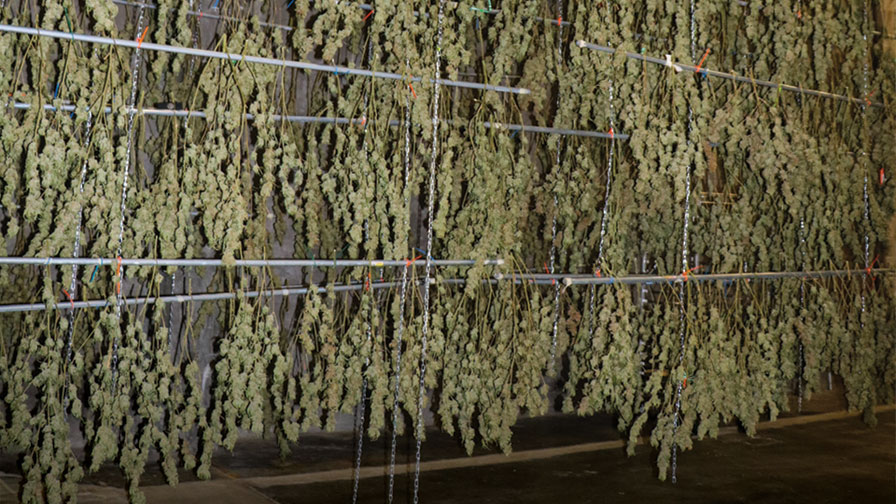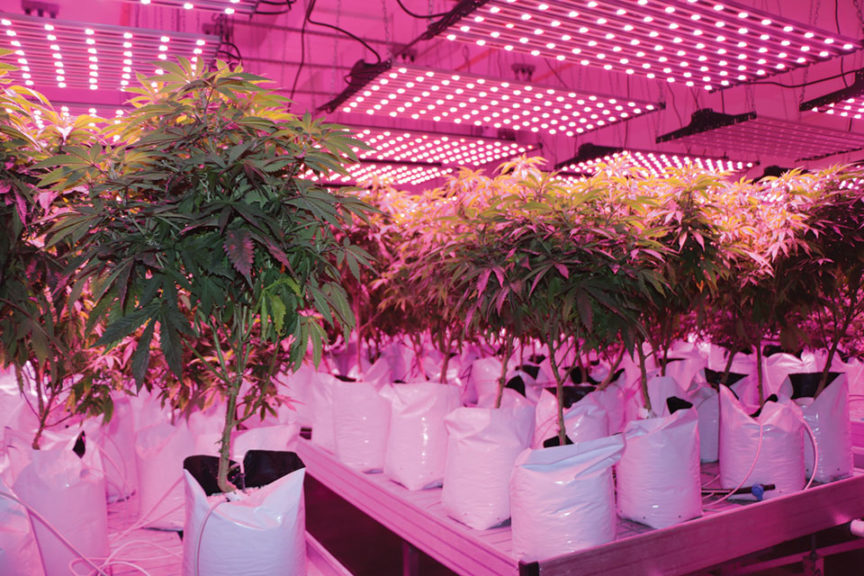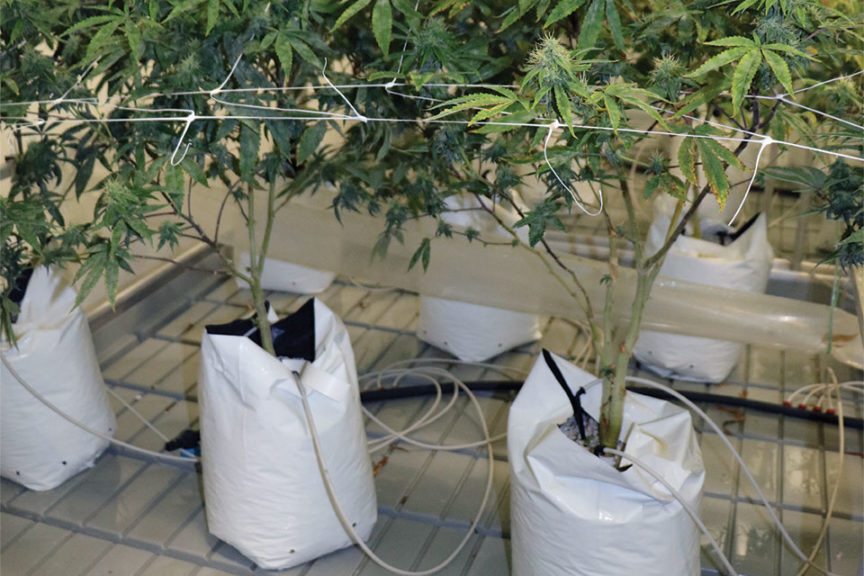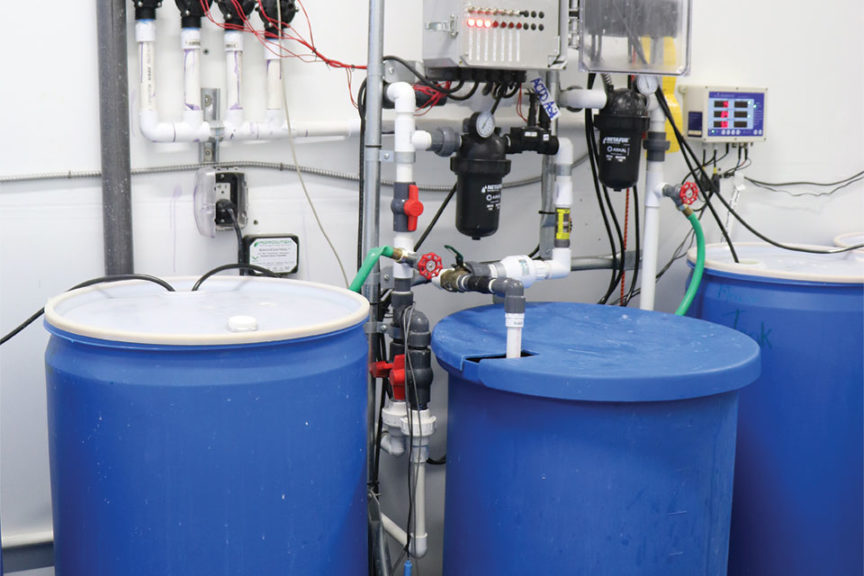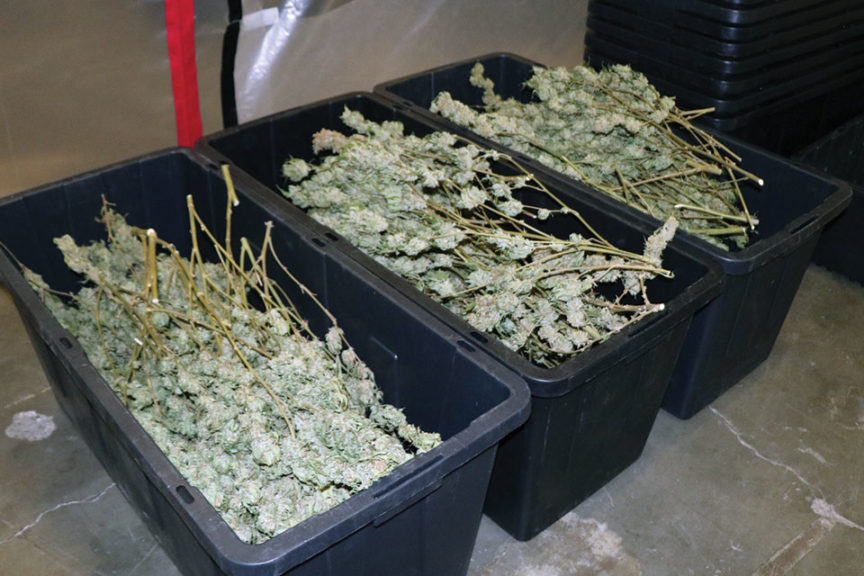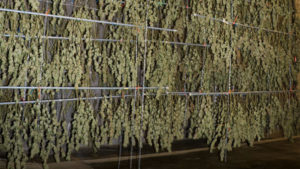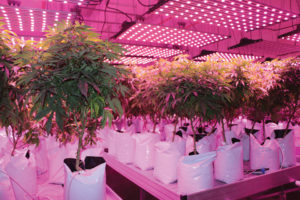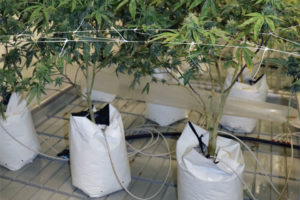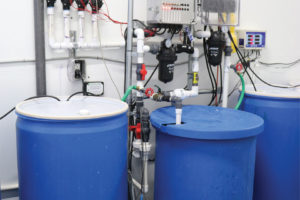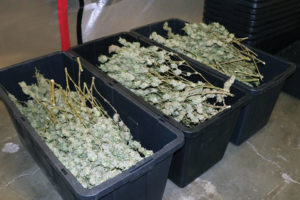The Intricate Journey of Cannabis From Black Market to Legal-Use
For the better part of the last 80 years, people have grown cannabis in hiding. In closets, garages, and fields hidden from public view — typically well off the beaten path. These practices result from the heightened risk of arrest for operators, a constraint that limits any meaningful scale and is the key driver of price in an illicit marketplace. For cannabis, that price has hovered around ten dollars per gram at retail for decades.
As states make the move to legalize cannabis, these constraints are beginning to dissolve. In some cases, they are being replaced with new ones, such as limits on license numbers and production amounts. Still, the reduced risk and exposure to scale has quickly resulted in pricing that has become more closely tied to operating costs.
A Dynamic Market Loaded With Opportunity
In just over three years, the average wholesale price in the Washington state adult-use market has dropped from roughly ten dollars per gram down to near two dollars per gram today. Some believe cannabis will move the way of other commodities and continue this downward trend until price is a true reflection of cost, which at scale is nickels, not dollars.
Unlike other commodity products, however, cannabis is dynamic. As the consumer palate continues to evolve, so does the industry with cannabis connoisseurs (Yes, that’s a real thing.) and brand marketers pushing to articulate categories similar to what’s seen in wine and spirits. These features open up the door for specialization and uniqueness; think microbrew or small-batch distillery, which results in higher margins.
Adult-Use Cannabis is Overshadowing Medicinal Use
Then there’s the plant’s medical application, an arena where tobacco and alcohol provide little contribution. The idea of cannabis as medicine dates back centuries, but even in the pre-prohibition United States, you could purchase cartons of Grimault & Sons’ cannabis cigarettes at your local Sears, Roebuck & Company. Fast-forward to today, and the medical efficacy is largely to credit, or blame, for the growing support of legalization.
My own journey into cannabis was first inspired by its medical application. I was exposed to families who were seeing astounding results using cannabis to treat epilepsy, and it became our charge to provide them with a safer and more legitimate supply chain.
As adult-use has come into focus, the pursuit of better science and additional medical use for cannabis has taken a backseat. Washington state eliminated the medical system altogether, after the adult-use system came online to optimize tax revenue. To date, the state of Washington has collected just over half a billion dollars in taxes from the sale of legal cannabis.
The Future of the Cannabis Industry Remains Complex
Looking ahead to the future, the micro-economic case studies in each state will continue to shed more light on our complex relationship with this polarizing plant. While larger industries await the green light from the Trump administration to join in, California and Canada are nearing the eventual rollout of their own adult-use systems.
This complexity, and uncertainty, have made cannabis a tricky industry to crack, despite the ever-growing number of entrepreneurs who chase the prospect of being in on the ground floor of the next big industry. As prices continue to decline, the marriage between traditional agricultural infrastructure and quality differentiators will likely breed the winning combination.




